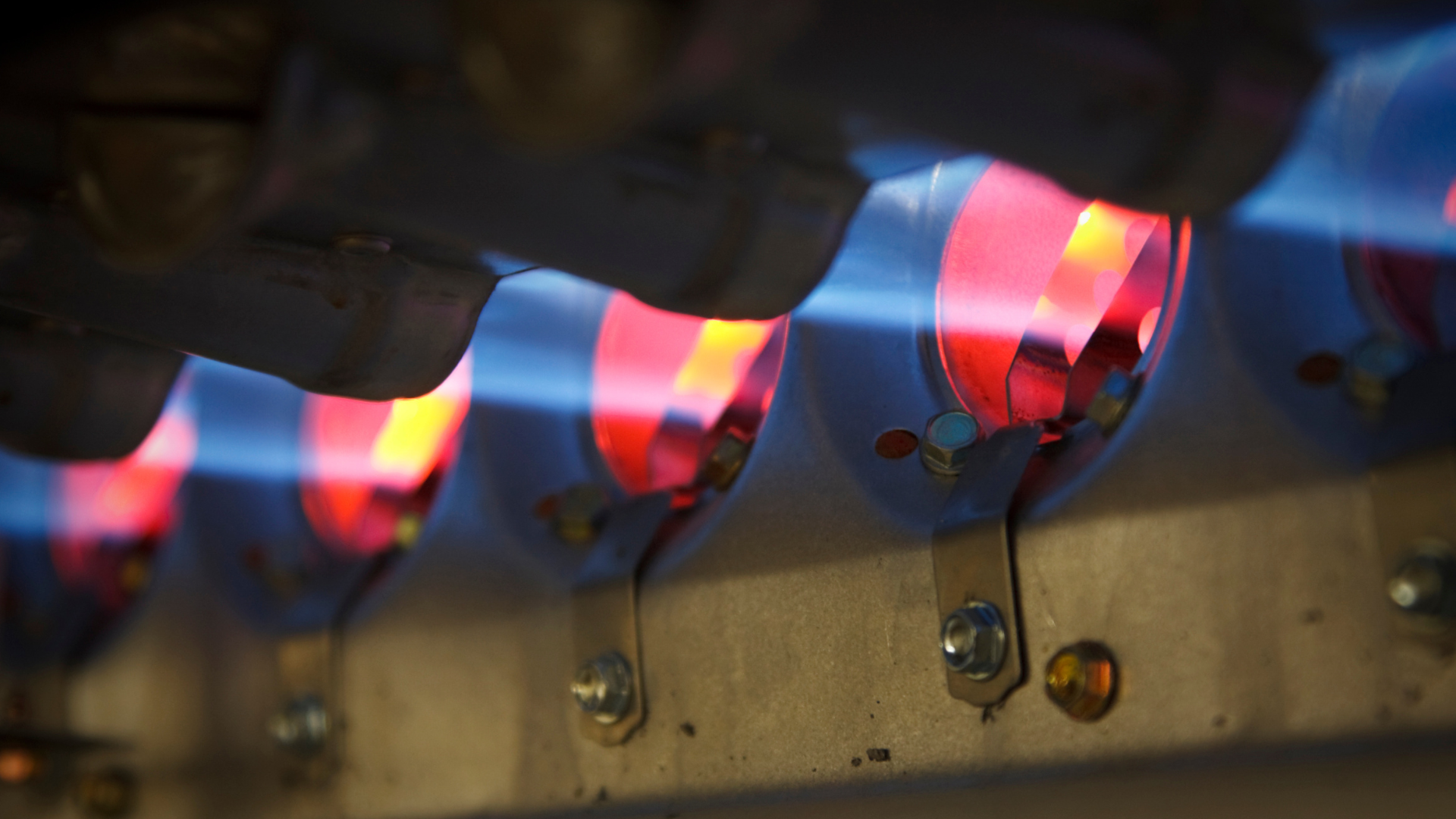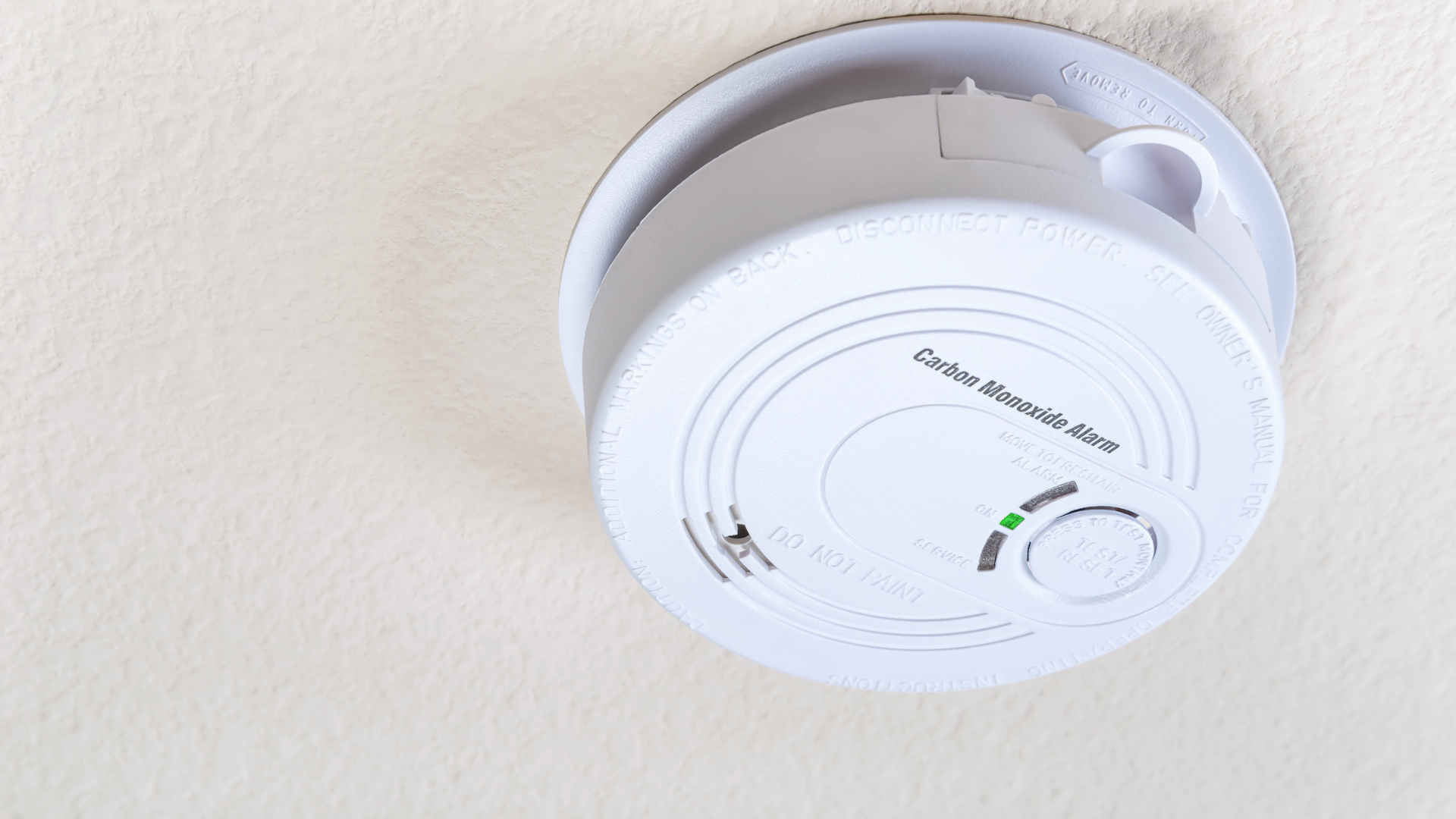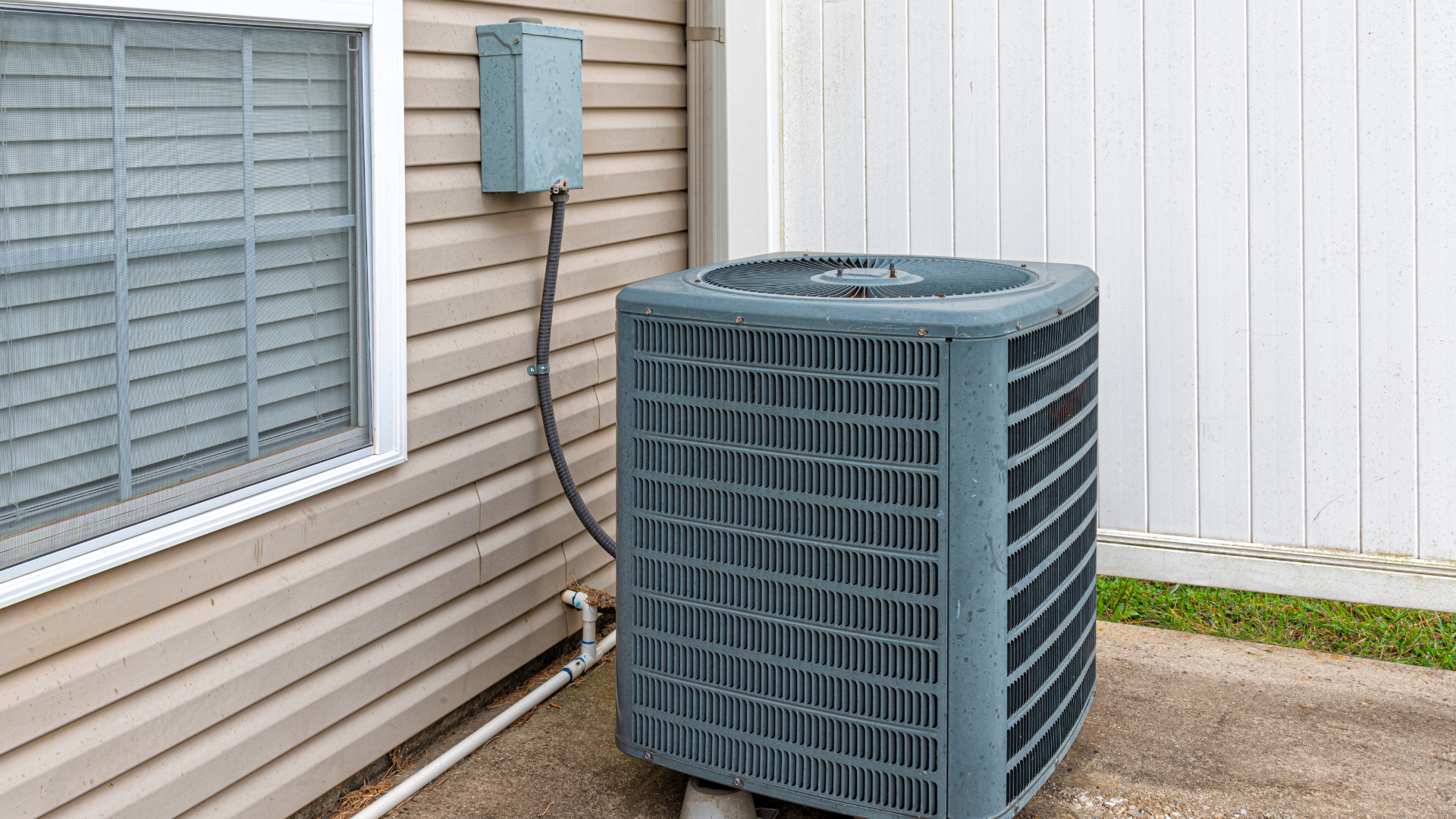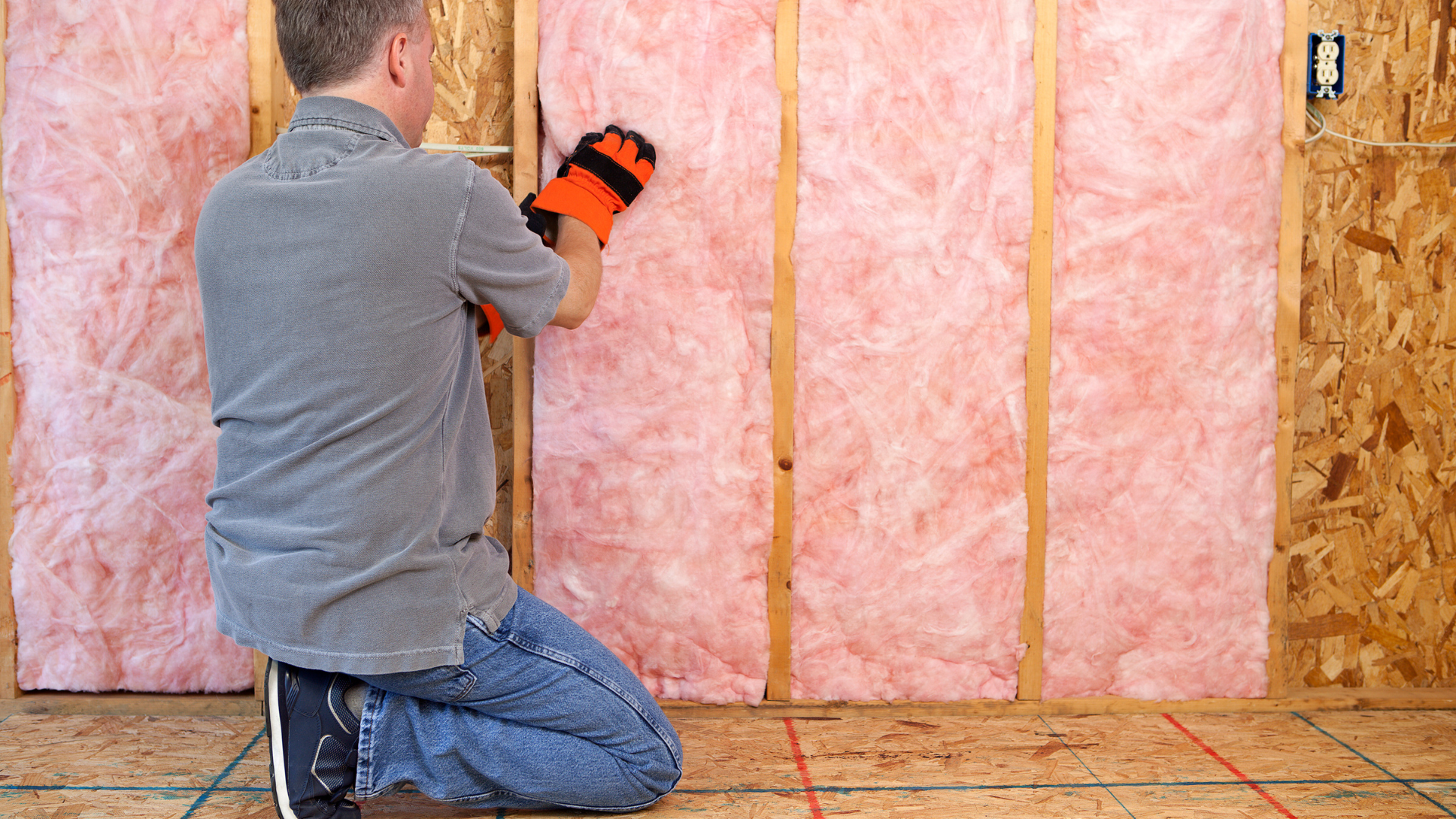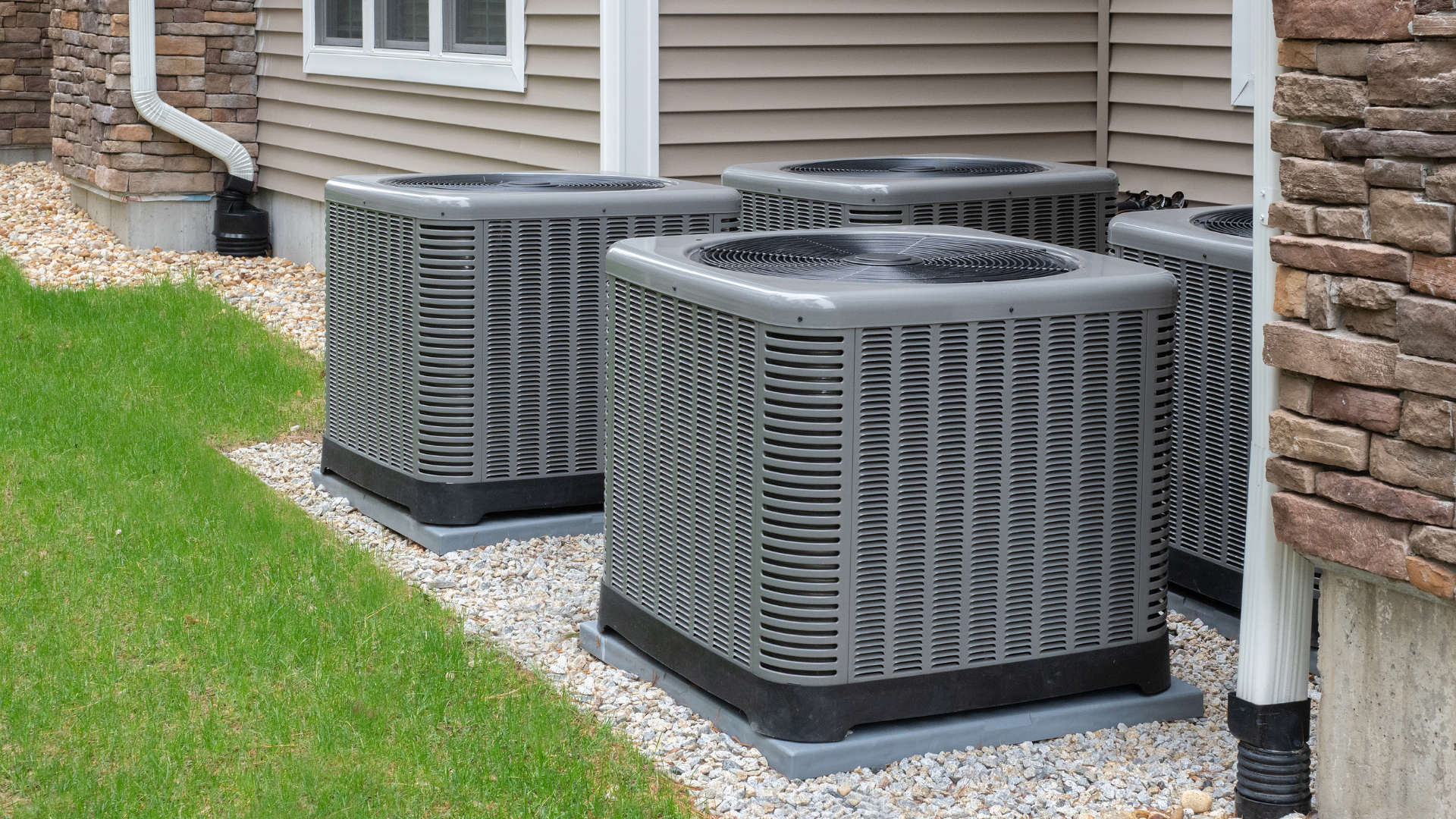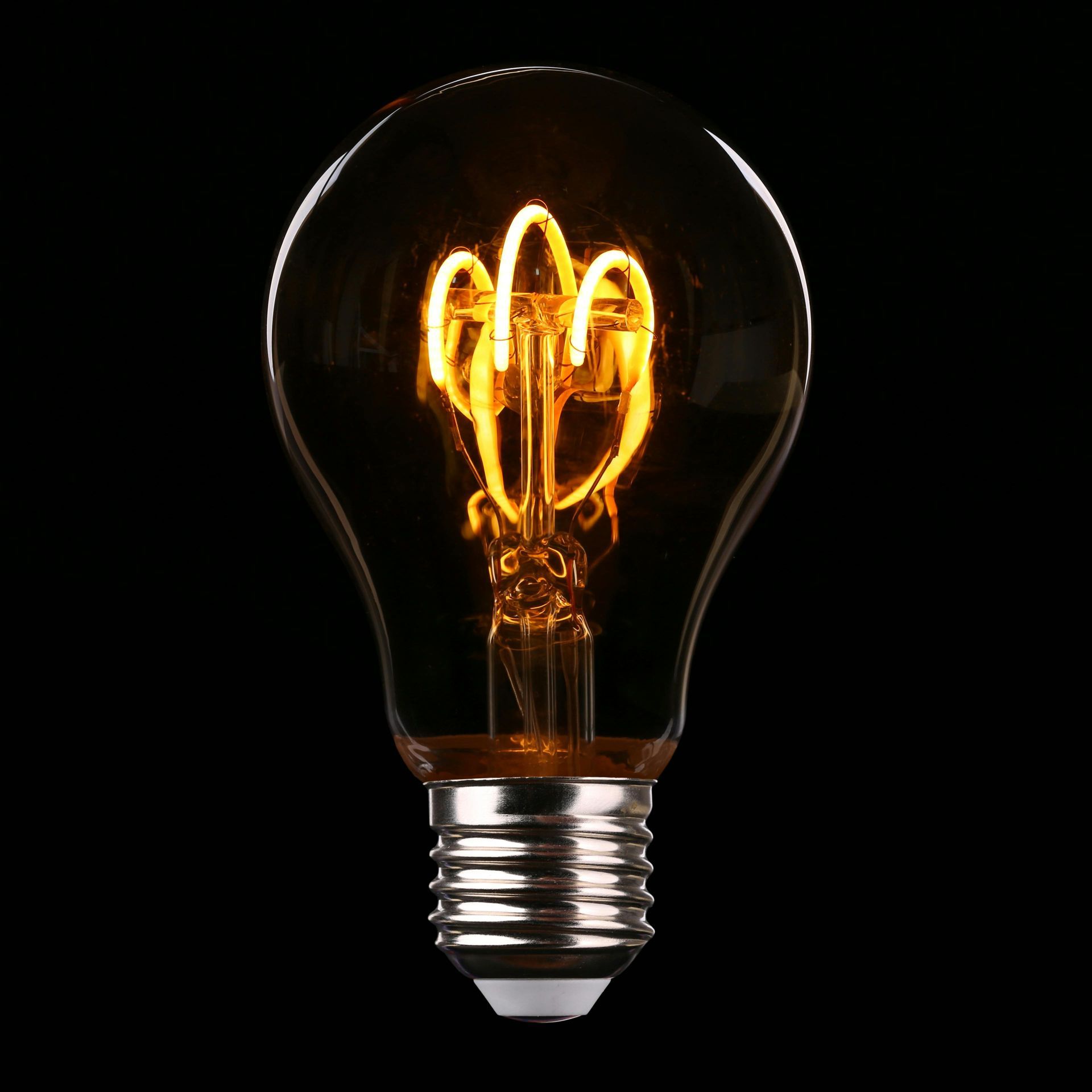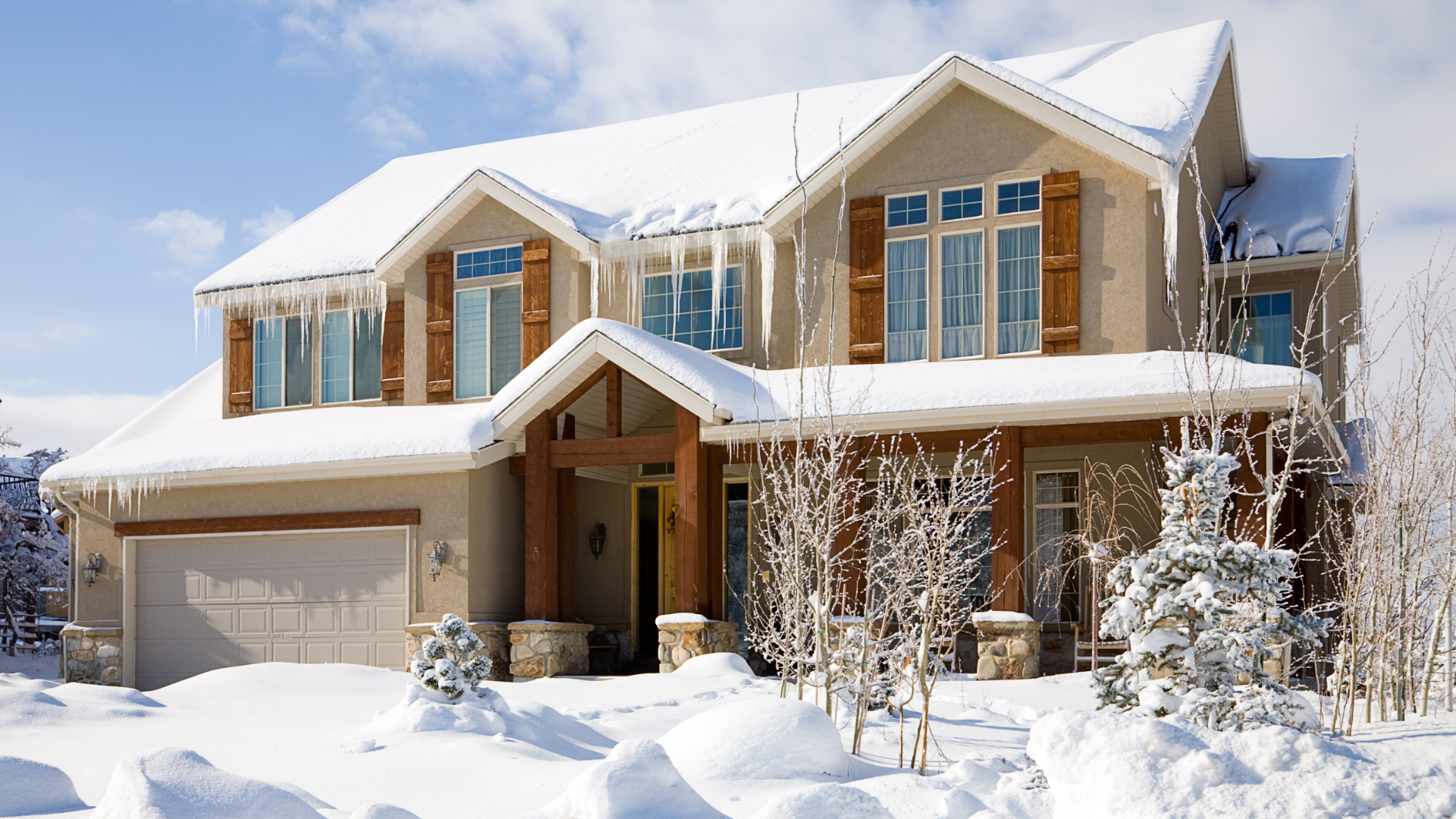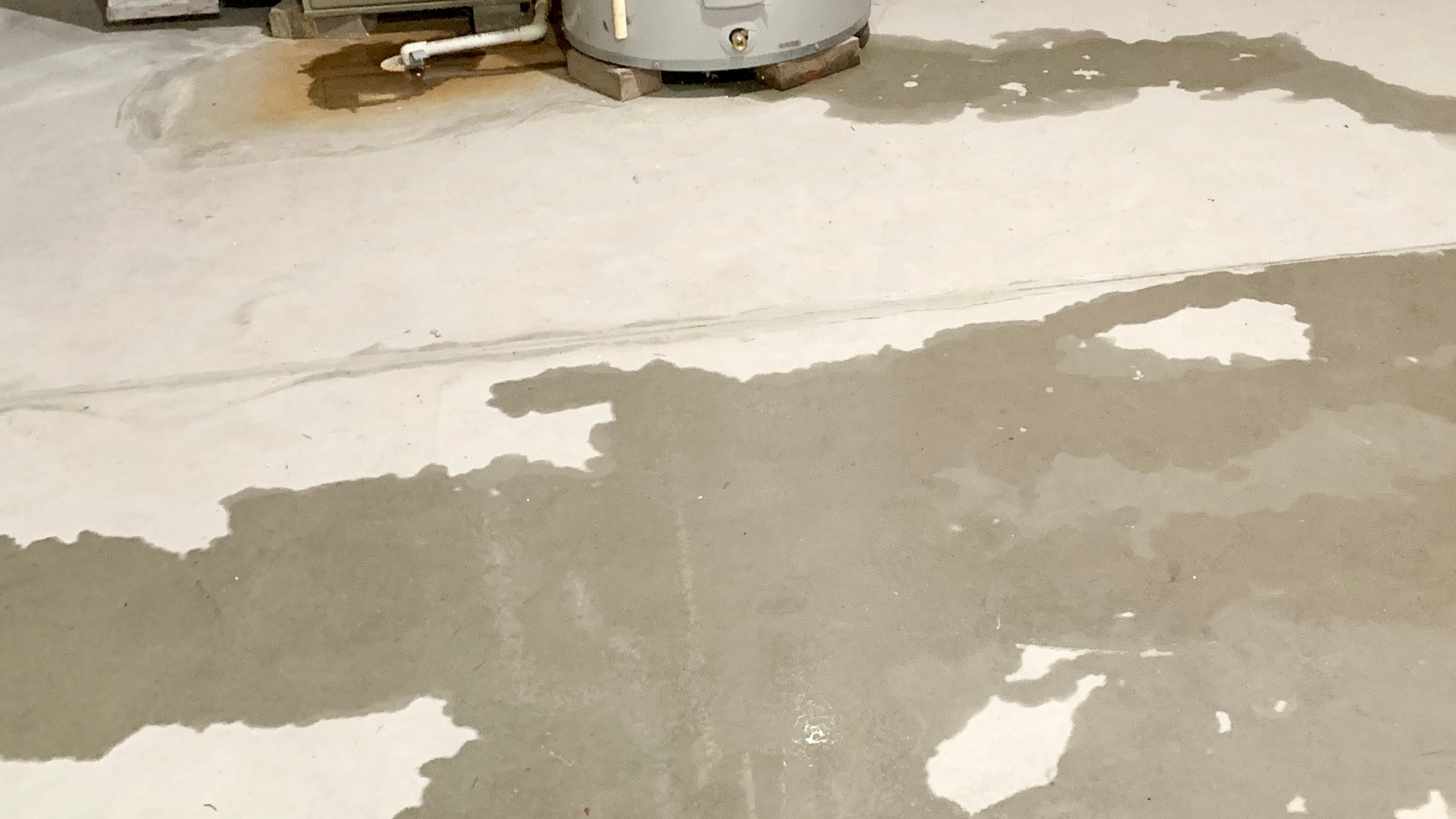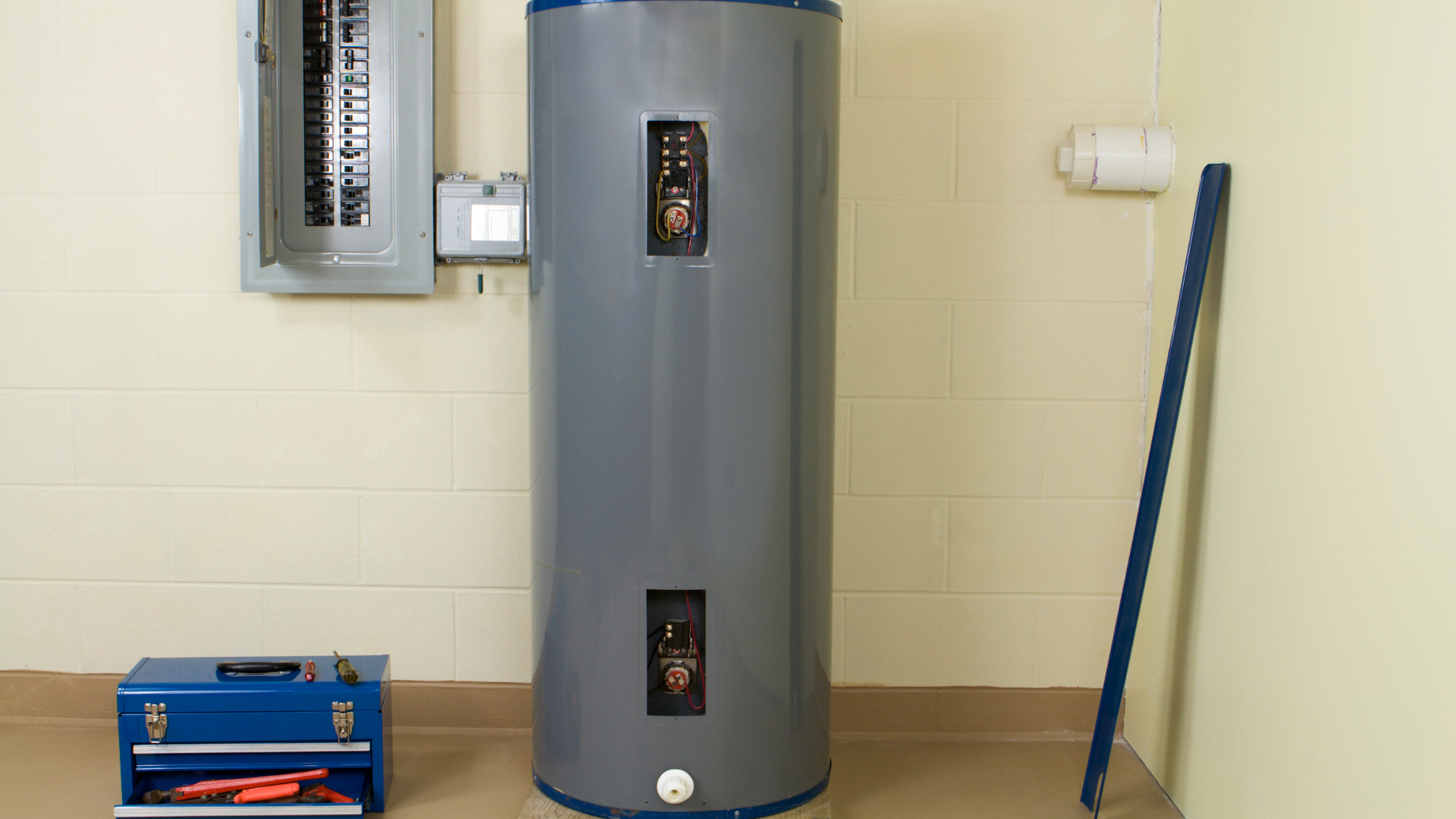Daikin: A Global Leader in Home Comfort
A Global Leader in Home Comfort
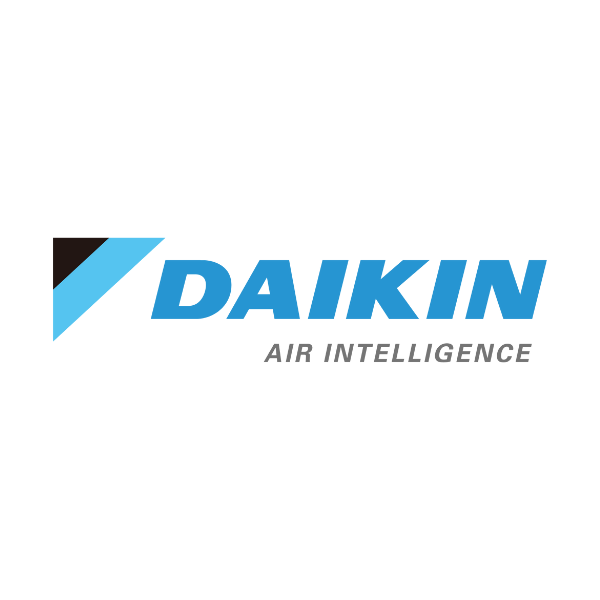
For homeowners seeking reliable and innovative heating and cooling solutions, Daikin stands as a prominent name in the HVAC industry. With a rich history of pioneering advancements and a strong global presence, Daikin offers a range of products designed to provide optimal comfort and energy efficiency.
A Legacy of Innovation: Daikin's History
Daikin's story began in Japan in 1924, originally founded as Osaka Kinzoku Kogyosho Limited. While their initial ventures included manufacturing radiator tubes for aircraft, the company quickly diversified, entering the nascent field of refrigerant manufacturing in the 1930s. Daikin was the first in Japan to successfully produce fluorocarbon gas in 1935, a testament to their early commitment to research and development.
Throughout the decades, Daikin continued to break new ground. They developed Japan's first packaged air conditioner in the 1950s and introduced residential window air conditioners. The 1970s saw the launch of their multi-split type air conditioners, a product for which Daikin is now widely recognized. A significant milestone was the development of the Variable Refrigerant Volume (VRV) system in the 1980s, which revolutionized commercial HVAC systems.
In the 1990s, Daikin further solidified its leadership by establishing the world's first mass-production plant for R-32 refrigerant, a more environmentally friendly option. A major expansion into the North American residential market occurred in 2012 with the acquisition of U.S.-based HVAC manufacturer Goodman. This led to the establishment of the massive Daikin Texas Technology Park, underscoring their commitment to the American market.
Price Point: A Range of Options
Daikin offers a diverse product line, and its pricing reflects this breadth. While specific costs can vary significantly based on the system type, capacity, and installation requirements, Daikin generally positions itself as a premium brand known for its advanced technology and energy efficiency.
For example, a Daikin 9,000 BTU 18 SEER2 Single Zone Ductless Mini Split Heat Pump System can be found (uninstalled) for around $1,200-$1,300, while a larger 15,000 BTU ducted mini-split heat pump system (uninstalled) might range from $2,900 to $3,500. High-end central air conditioners and more complex VRV systems will naturally command higher prices. While Daikin systems may represent a larger initial investment compared to some budget-friendly brands, their reputation for durability and energy savings can lead to long-term cost benefits.
Comprehensive Warranty Coverage
Daikin demonstrates confidence in its product quality through its robust warranty offerings. Most Daikin brand products come with excellent limited warranty protection, with common coverages including:
- 10 or 12-Year Parts Limited Warranty: This is a standard offering across many Daikin models, providing extensive coverage for component failures. To receive the full warranty, online registration is typically required within 60 days of installation.
- Unit Replacement Limited Warranty: Certain models, particularly central air conditioners and heat pumps, may include a 6-year or 12-year unit replacement limited warranty for the compressor. This means if the compressor fails within the warranty period under specified conditions, the entire unit may be replaced at no charge.
- Lifetime Heat Exchanger Limited Warranty: For Daikin furnaces, a lifetime heat exchanger limited warranty is often provided, good for as long as you own your home.
It's important to note that labor costs for repairs are generally not included in the standard limited warranties. Daikin also offers optional extended service plans, such as the Asure Extended Service Plan, which can provide additional years of worry-free comfort by covering replacement parts and labor expenses. Warranty coverage can vary by model and region, so it's always advisable to consult with an authorized Daikin dealer for specific details.
A Reputation for Quality and Innovation
Daikin has cultivated a strong reputation in the HVAC industry, largely due to its commitment to innovation, energy efficiency, and reliable performance. The brand is widely praised for:
- Advanced Inverter Technology: Daikin's inverter technology allows compressors to adjust their speed according to demand, leading to significant energy savings and precise temperature control.
- Energy Efficiency: Many Daikin systems boast high SEER (Seasonal Energy Efficiency Ratio) and AFUE (Annual Fuel Utilization Efficiency) ratings, helping homeowners reduce their carbon footprint and energy bills.
- Quiet Operation: Daikin units are frequently commended for their low noise levels, making them ideal for residential environments where quiet comfort is desired.
- Durability and Reliability: The company's manufacturing processes adhere to strict quality standards, with extensive testing to ensure units can withstand various conditions and provide consistent
- Environmental Stewardship: long-lasting performance. Daikin actively invests in developing refrigerants with lower global warming potential, such as R-32, and promotes energy-efficient systems to reduce carbon emissions.
While generally well-regarded, some contractors have noted areas for potential improvement, such as air handler cabinet insulation and the integration of their own zone boards, though Daikin is reportedly addressing these aspects.
Where Daikin HVAC is Manufactured
Daikin is a global company with manufacturing facilities around the world. In North America, a significant portion of Daikin's heating and air conditioning products, including Goodman and Amana brands, are manufactured at the Daikin Texas Technology Park located just outside Houston, Texas. This massive facility consolidates manufacturing, engineering, logistics, marketing, and sales for the region.
While a substantial amount of equipment is produced in Texas, some components and certain product lines, particularly single-phase inverter technology (excluding their "Fit" series), may still be produced in Asia. Additionally, some air handlers and residential M-series compressors might be manufactured in Mexico to serve the North American market. Daikin's global presence means that manufacturing locations can vary depending on the specific product and market.
Sources:
- A Century of Daikin Innovation: https://www.conditionedairsolutions.com/blog/a-century-of-daikin-innovation/
- Daikin History | Our Journey in HVAC Innovation: https://daikincomfort.com/about-daikin/history
- Standard Warranty | Coverage & Protection - Daikin: https://daikincomfort.com/my-daikin-systems/standard-warranty-information
- Everything You Need to Know About the Daikin HVAC Warranty: https://www.hvac.com/expert-advice/daikin-hvac-warranty/
- The Ultimate Daikin HVAC Handbook: Reviews, Comparisons, and More: https://beamairflow.com/the-ultimate-daikin-hvac-handbook-reviews-comparisons-and-more/
- The Pros and Cons of Daikin A/C Systems: https://tricountyair.com/blog/the-pros-and-cons-of-daikin-a-c-systems/
- Daikin Texas Technology Park: https://daikintexastechnologypark.com/
- Global Locations | Daikin Global: https://www.daikin.com/locations/business/ac/north_america
Click Another Article to Read More

